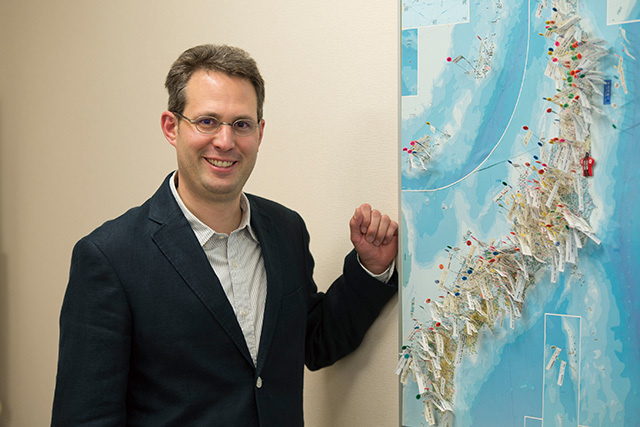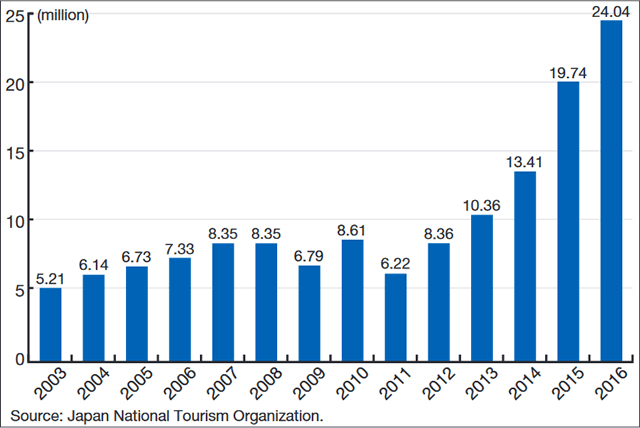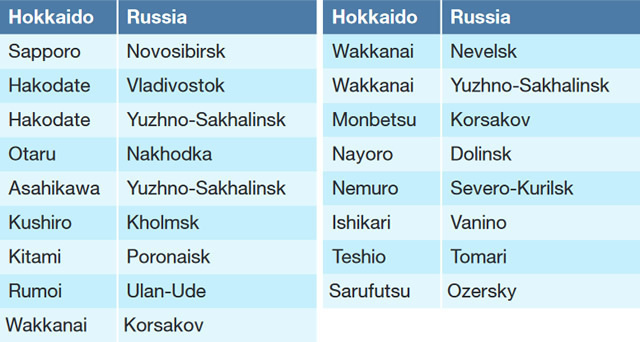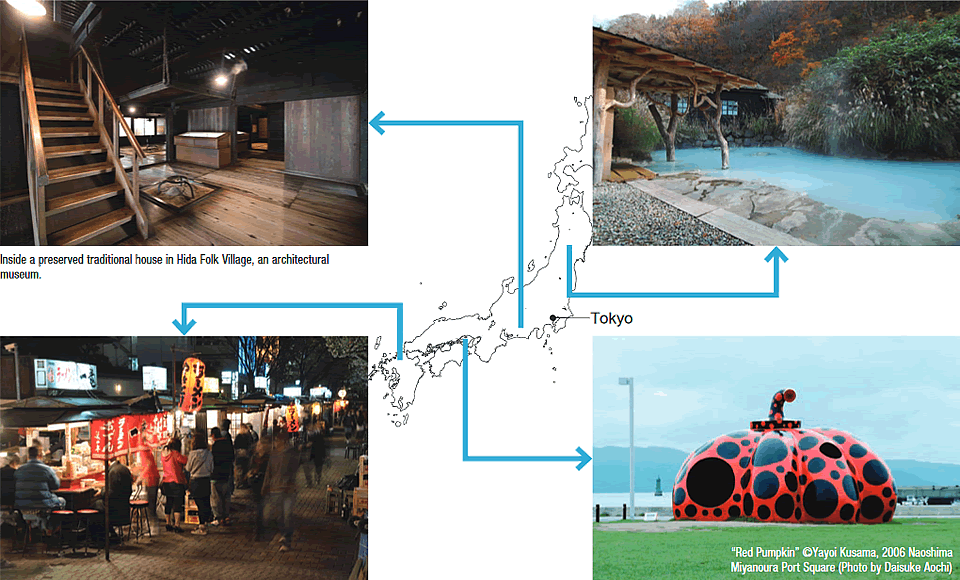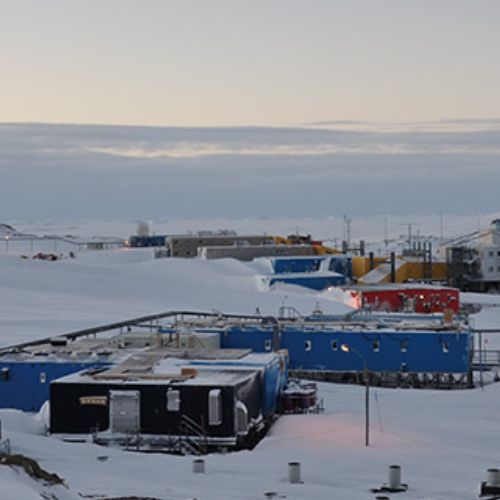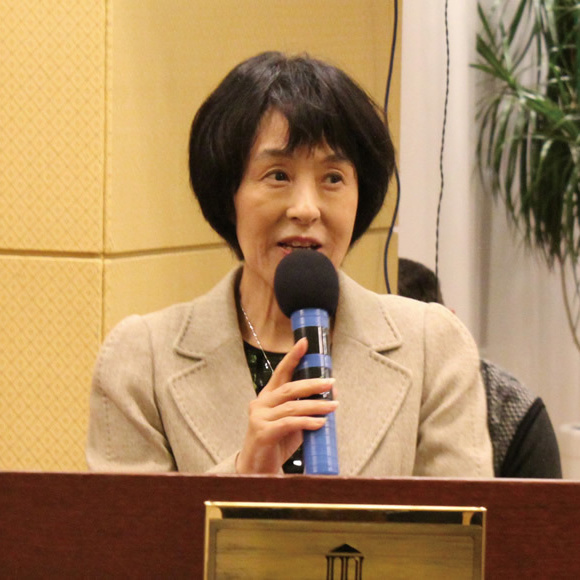Stefan Schauwecker
President of japan-guide.com. Born in Switzerland. After making his first visit to Japan in 1995, he launched japan-guide.com the next year. He has also published several books introducing beautiful Japanese scenery from a foreign perspective.
When Stefan Schauwecker launched the site japan-guide.com in July 1996 he was excited to use the Internet, still in its infancy then, to present an unbiased view of the country to a worldwide audience. “In the mid-90s, access to reliable information on Japan was limited, and reports in the media frequently sensationalized stories or reinforced stereotypes,” says the soft-spoken Swiss native. “I wanted to offer a more realistic perspective that reflected what I saw in my travels.”
After more than 20 years of running the site, Schauwecker has built it into one of the most extensive and trusted online sources of English-language information for travelers in Japan. His success is in large part due to an unwavering dedication to providing what he calls “practical details” covering a vast range of topics and destinations. A cadre of around five diligent writers and editors, all of whom are native English speakers, now help create and update the site’s original content, an aspect that distinguishes it from many of its competitors. Team members travel frequently, using their expert knowledge of Japan’s differing regions to sniff out the latest information and uncover new, interesting locations.
Schauwecker, who moved to Japan permanently in 2003, says a lot has changed over the last two decades. “The web has made it easier to find information and make bookings,” he explains, pointing to a growth in Japanese websites offering service in different languages and the emergence of low cost carriers, He insists, however, that the friendliness of locals along with the safety and depth of culture have remained major draws for tourists. “Travelers want to see something they cannot see at home,” he declares, which in Japan can include historical architecture, gourmet dining, shopping, or something as mundane as snow.
He is confident the current boom in travel to Japan will maintain its upward course and he gives high marks to national and local efforts aimed at making travel easier for overseas visitors. These include improving wi-fi access, expanding options for accommodations, and providing foreign-language information. “The government has done a good job at identifying critical elements and taking action on those fronts.”
While an advocate of the “golden route” that includes established destinations such as Tokyo and Kyoto for first-time visitors, Schauwecker hopes more return travelers will seek out the charms of out-of-the-way locales. He points out that the Japanese countryside can give visitors “a genuinely different experience.” One of his top recommendations is a stay at a traditional hot spring inn as guests can enjoy authentic Japanese cuisine, dress, and bathing amid old-style architecture, and impeccable service.
Regardless the destination, though, Schauwecker intends for the site to continue providing top-notch information to help people explore Japan.


























